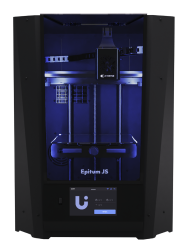
Chuck Hull's groundbreaking 3D printing patent in the 1980s paved the way for a technological revolution that has transformed industries worldwide.
Almost four decades later, 3D printing, also known as additive manufacturing, is commonplace, with applications ranging from groundbreaking medical 3D printers capable of printing organs to accessible models used by hobbyists at home.
In this article, we will explore what a 3D printer is, how it works, and find out what 3D printing technologies are available in 2024 as well as how they differ.
What is 3D printing technology?
A 3D printer is a machine that creates three-dimensional objects from a digital file. This process is also known as additive manufacturing, which is the opposite of subtractive manufacturing, a method where material is removed from a solid block to create an object.
Unlike traditional methods like sculpting, where an artist removes excess material from a block to reveal the desired shape, 3D printing takes a different approach. It builds objects layer by layer "from scratch," adding material until the final form is complete.
If factories and other traditional industries already produce enough goods, why are these innovations necessary?
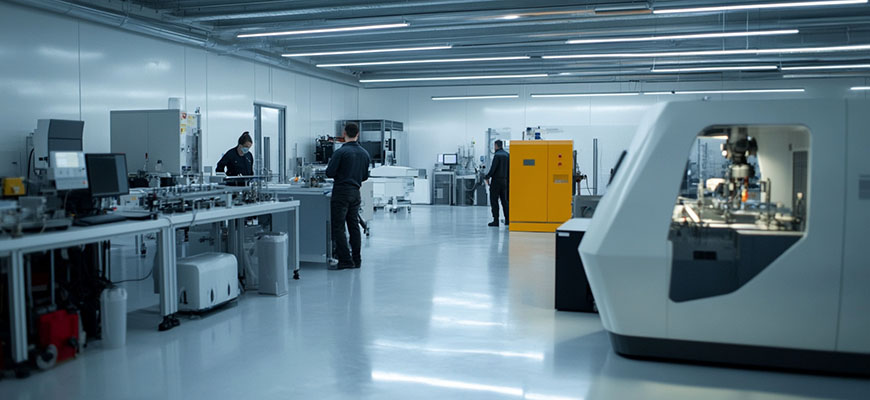
3D printing revolutionizes the way engineers, businessmen, and professionals bring their ideas to life.
Take a small electronics startup, for example. Imagine you want to produce a case for your invention. Without 3D printing, you'd be forced to order a large batch from a factory, often with a minimum order quantity that could strain your budget.
However, 3D printing empowers you to take control. You can print a single prototype in-house or through a 3D printing service allowing you to physically assess the design, identify any flaws, and iterate quickly. If adjustments are needed, you simply modify the digital model and print a new version, saving valuable time and resources compared to ordering the entire batch again or manually modifying defective products.
Essentially, 3D printing offers small and medium-sized businesses and industrial engineers unparalleled flexibility, cost efficiency, and production speed.
It eliminates the barriers of high minimum order quantities and lengthy manufacturing lead times, enabling rapid prototyping, customization, and on-demand production. This not only accelerates product development but also fosters innovation, as it allows for free experimentation with various designs and materials without the fear of costly mistakes.
In other words, engineers and entrepreneurs are no longer bound by the constraints of traditional manufacturing cycles. They have the freedom to independently iterate and refine their product designs until they are ready for mass production.
The four leading 3D printing technologies:
Fused Filament Fabrication/Fused Deposition Modeling (FFF/FDM): The most common and affordable 3D printing technology, FFF utilizes heated thermoplastic filament to build objects layer by layer. It's a versatile solution for hobbyists, makers, and businesses seeking cost-effective prototyping and functional parts.
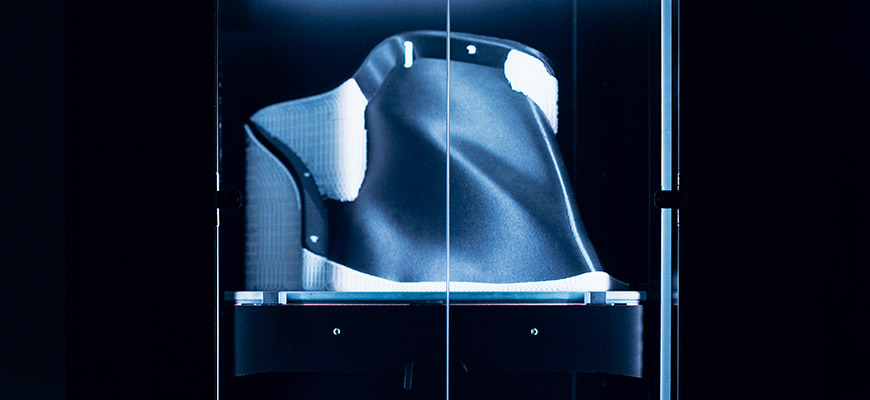
Stereolithography (SLA): Using a laser to cure liquid resin, SLA produces highly detailed and smooth models ideal for visual prototypes, figurines, and jewelry. While SLA is less suitable for functional products due to material limitations, it remains a popular choice for its precision and surface quality.
Selective Laser Sintering (SLS): This powerful technology sinters powdered material with a laser, offering strength and durability. SLS is favored by industries requiring robust functional prototypes and end-use parts, though its higher cost limits its accessibility for smaller businesses and individuals.
Selective Laser Melting (SLM): Similar to SLS, SLM focuses on sintering metal powders to create fully functional metal parts. It's a premium technology utilized in aerospace, automotive, and medical industries for its ability to produce complex geometries and high-performance components.
Other Technologies: The world of 3D printing continues to expand, with variations on existing technologies and entirely new approaches emerging. These include bioprinting for creating organ-like structures, large-scale construction printers, and even food printers that can craft intricate chocolate designs. The possibilities are vast and ever-evolving, promising exciting advancements ahead.
How Does It Work? The 3D printing process step by step
Step 1: Idea and design creation
A digital 3D model of the desired object is typically created using specialized 3D modeling software. Most engineers are already familiar with such software and can easily design 3D models suitable for printing. However, outsourcing the design to professional 3d modelers is a viable option if a more complex model is required.
Step 2: Slicing
Specialized software, known as slicer, divides the 3D model into thin horizontal layers. Each layer represents a cross-section of the object along which the print head will move. The slicer generates instructions (G-code) for the printer, detailing the path it should follow and the amount of material to deposit for each layer.
Slicers can be of varying complexity. For example, in Epitum’s Printoformer slicer, you can generate a G-code in just a few clicks, and the algorithms will do the rest.
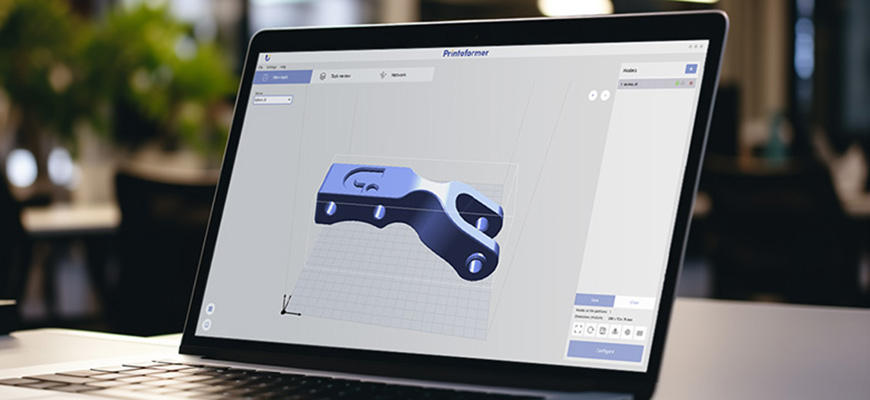
Step 3: Material selection
The printing material, which can be plastic filament, resin, metal powder, or other compatible substances, is loaded into the printer. The type of material used depends on the specific 3D printing technology you pick.
Among other things, the materials may differ significantly from each other. The melting point of different plastics may vary by 100 degrees, even if they are similar in appearance. Even the same filament from different manufacturers can differ significantly. You need to know how to set up many parameters to get a beautiful and decent print result; it can be difficult without a guide.
Although some companies have simplified users' experiences and created material databases, this can still be a complex task for beginners.
Epitum engineers have tested more than 100 materials and prepared special material profiles with the correct settings for maximum simplicity and high quality. You just need to select the Material profile you need, where printing settings are already configured, and the task will be ready to print.
Step 4: Printing Initiation
The 3D printer begins its work by depositing the first layer of material onto the build platform, following the instructions generated by the slicer (g-code).
The material is either melted and extruded through a nozzle (Fused Deposition Modeling - FDM), cured by a laser or light source (Stereolithography - SLA, Digital Light Processing - DLP), or fused together by heat or binding agents (Selective Laser Sintering - SLS, Material Jetting).
Step 5: Layer-by-Layer Building
The 3D printer continues to deposit material layer by layer, gradually forming the object. Each layer adheres to the previous one, building a solid structure. This process repeats until all the layers the slicer defines have been deposited.
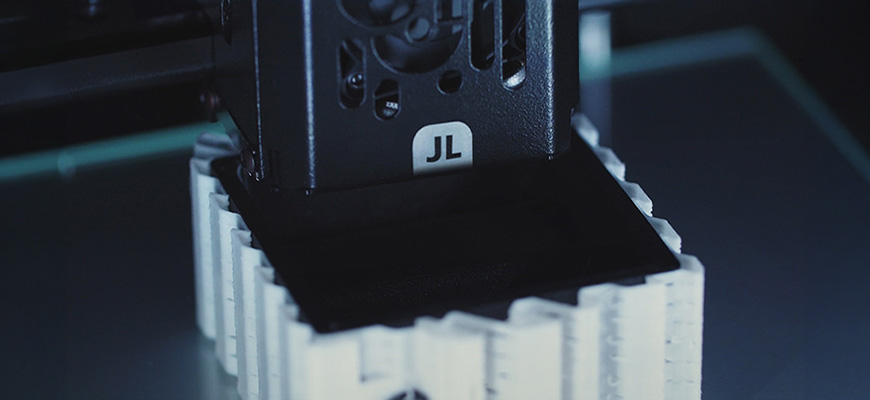
Step 6: Completion and Post-Processing
Once the final layer is added, the printing process is complete. The object may require some post-processing steps, such as removing support structures (used to support overhanging parts during printing), sanding or polishing the surface, or applying finishes to enhance its appearance.
However, high-quality 3D printers can eliminate the need for post-processing. For example, Epitum 3D printers, with chamber active heating and composite native extruder, maintain the original geometry of the printed object, producing models that are ready for immediate use.
Additionally, the JetSmart dual-material printing technology simplifies the process further by eliminating the need for time-consuming manual support removal. This is achieved by enabling the printing of water-soluble or easily removable optimized supports.
What can you 3D print?
3D printing technology stands out for its ability to produce almost anything.
3D printing provides design freedom. Anyone can create a unique product that cannot be found in a regular store. And suppose something in the final result is not satisfactory. In that case, you can immediately modify the 3D model on your computer and simply reprint a new version without having to wait and order a new batch, as it could have been if a person chose a conventional way of production.
Given these advantages, it's no surprise that 3D printing has become widespread across numerous sectors and has impacted nearly every industry.
However, it is essential to remember that 3D printing is not only suitable for home use or DIY artists. It is a powerful tool with many professional applications available today. Let's explore some of these applications:
What is 3D Printing in Construction?
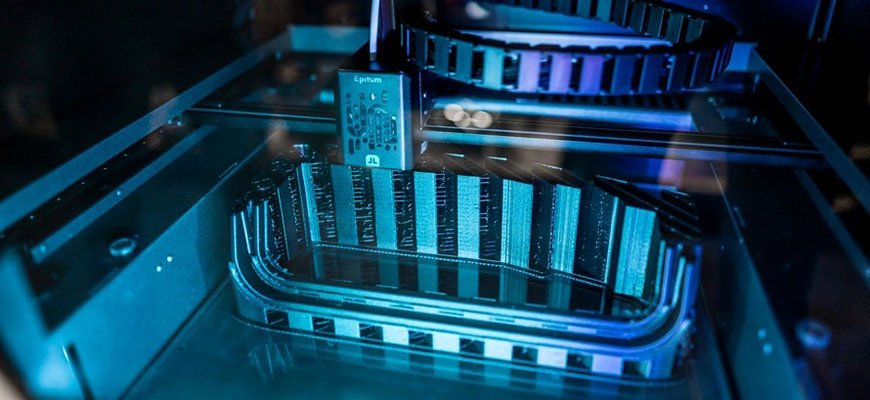
- Prototypes: Models for testing new products, designs, and ideas before mass production.
- Prosthetics and orthotics: Custom-fit limbs, braces, and splints.
- Mechanical parts: Gears, brackets, casings, functional prototypes for engineering projects.
- Tooling: Manufacturing of jigs, molds, and templates for production.
- Automotive parts: Creation of custom or rare parts for car repair and modification, the replacement of imported consumables and parts
What is 3D Printing in Education?
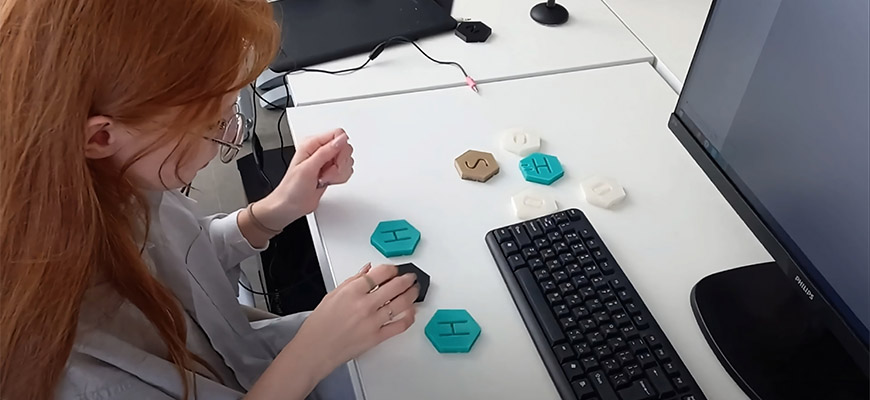
- Models for learning: Molecular structures, historical artifacts, anatomical models, and planetary models.
- Tools for teaching: Tactile aids for visually impaired students, custom manipulatives for hands-on learning.
- Practical 3D printing training: Teaching students to work with real 3D printers to prepare them for the industry of the future.
What is 3D Printing in Healthcare?
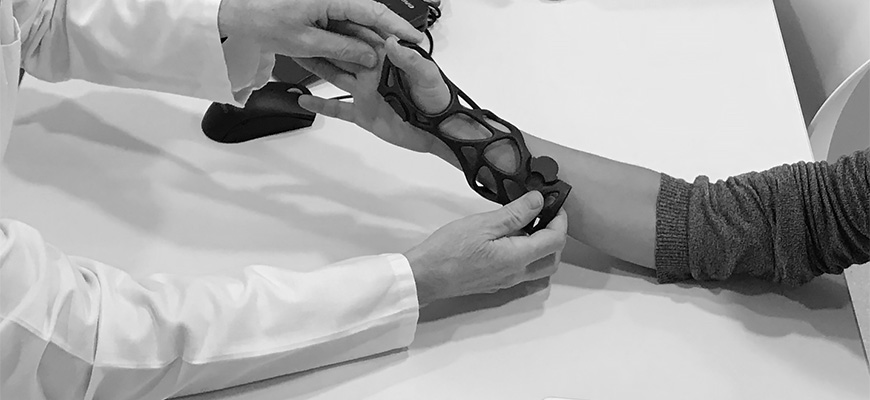
- Medical and surgical models: Anatomical models for education and surgical planning.
- Orthopedics: Custom implants
- Educational models: Models of organs and bones, training kits
3D printing is not just a futuristic concept; it's a reality that shapes the way we design, prototype, and manufacture products.
Companies like Epitum are transforming FFF 3D printing from a toy into a full-fledged tool.
Today, you can purchase a 3D printer that prints with high-performance composite materials at a fraction of the cost. Just five years ago, this was only available in industrial machines costing hundreds of thousands of dollars.
3D printers are becoming faster, more affordable, and more accessible for beginners, accelerating their adoption in businesses and making the technology not just a technical highlight of a project but a basic necessity for maintaining business competitiveness.
So, whether you're a seasoned 3D printing enthusiast or just beginning to explore this useful and versatile technology, remember that the potential is limitless.
Embrace the power of 3D printing to create, innovate, and inspire.





